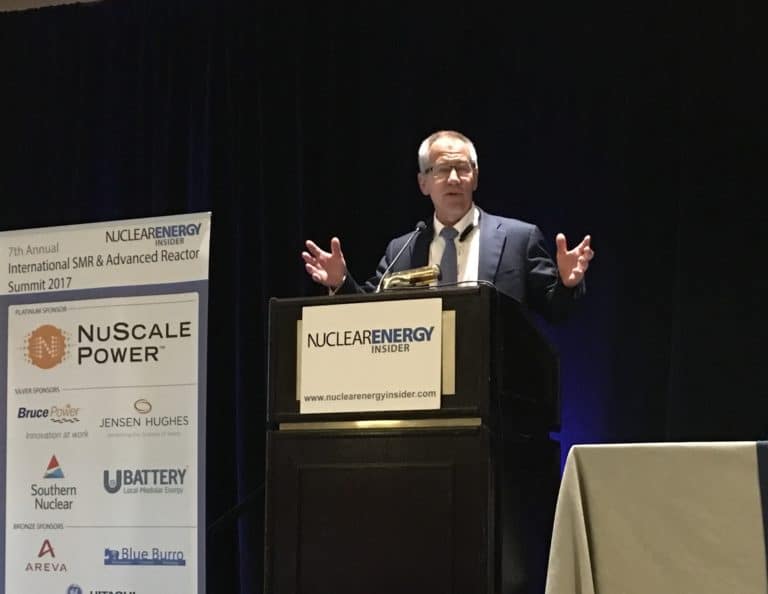NRC’s imposition of Aircraft Impact rule played a major role in Vogtle project delays and VC Summer failure
Projects that last as long as building nuclear reactors in the U.S. are analogous to extreme endurance competitions in which overall progress is the sum of all stages of the race. There is no magic reset button that allows recovery of time lost early in the race, even though the specific events that resulted in…



